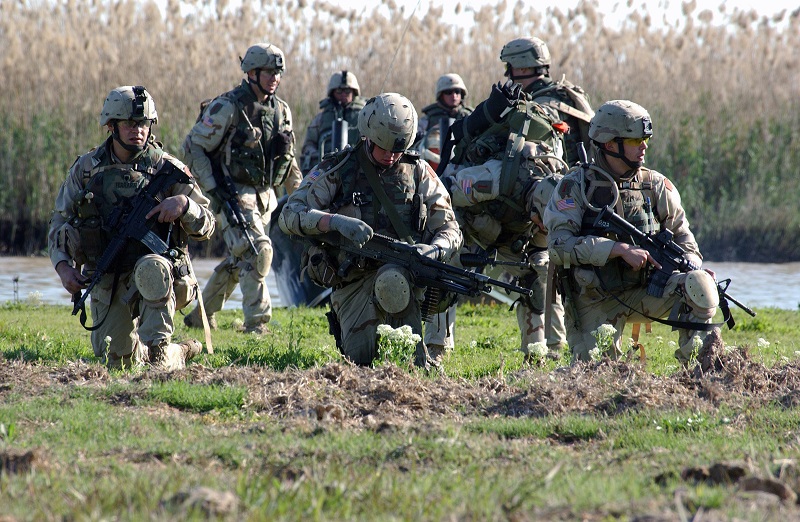This post is also available in:
 עברית (Hebrew)
עברית (Hebrew)
A technological breakthrough will improve the Israeli ground forces’ ability to engage enemy targets through artificial intelligence and Automatic Target Recognition (ATR).
Unveiled by Rafael Advanced Defense Systems, the ATR system, a combination of AI and deep learning, was installed last year on Rafael’s SPICE-250 precision-guided smart bombs, enabling them to identify moving targets and differentiate between them and other objects and terrain.
Now, the ATR is offered to individual soldiers, proposing a new outlook for the IDF that combines various capabilities to create a multidimensional battlefield. All participating parties in battle will see the same image, provided by the goggles of an infantry soldier or a display on a fighter jet. It will mark and indicate targets and create a common language for all users.
ATR is one of the developing Rafael technologies that will help create this language and mark the targets and allows “smart weapons” to understand what they see through AI – whether it is a person, a wall or a weapon – and then feed the target into the main system.
If, until now, the different branches of the military – the air force, navy and ground forces – each used different systems to suit their own purposes, the multidimensional battlefield precept is to advance an integrated system that will combine capabilities, information and autonomous tools for all those involved in the same battle. From underground, up through the ground and air and into outer space, all the various units must use a unified system that will allow them to work better together.
The new system will classify each target and assist lone infantry soldiers in understanding what elements are in the field. When used with SPICE bombs (Smart, Precise Impact, Cost-Effective) during flight, a pilot selects the target to be attacked and allocates a target to each weapon.
The weapons are then launched toward the vicinity of the targets, and as they approach, they use the ATR mode to detect and recognize what it is they are supposed to strike. Each weapon locks on to the predefined target, either autonomously or with a human-in-the-loop, aided by the ATR algorithm.
In addition, Rafael is developing a system that can be installed on drones and ground vehicles that can serve as “eyes on the ground” and carry out ground-based intelligence missions – also for indoor operations.
These devices, using Rafael sensors, can map the inside of a house in real time: They can identify who the people inside are, as well as identify objects within, including classifying what weapons are there.
All this adds up to a system that is already being assimilated in the IDF, the Fire Weaver, which serves as the battlefield’s “social network.”

























